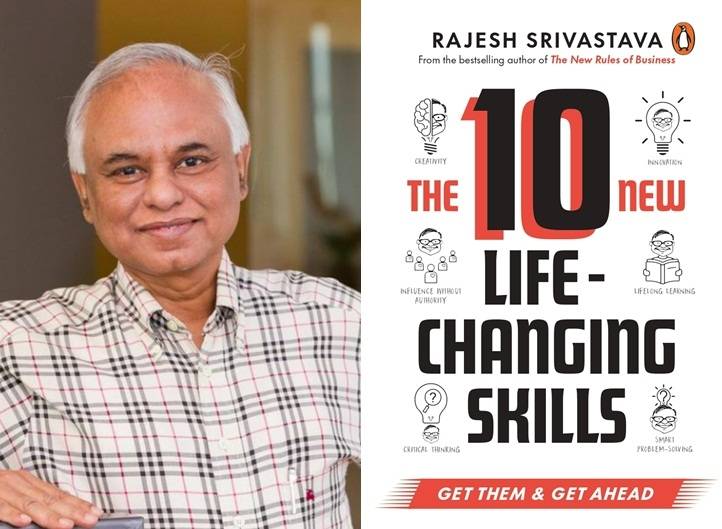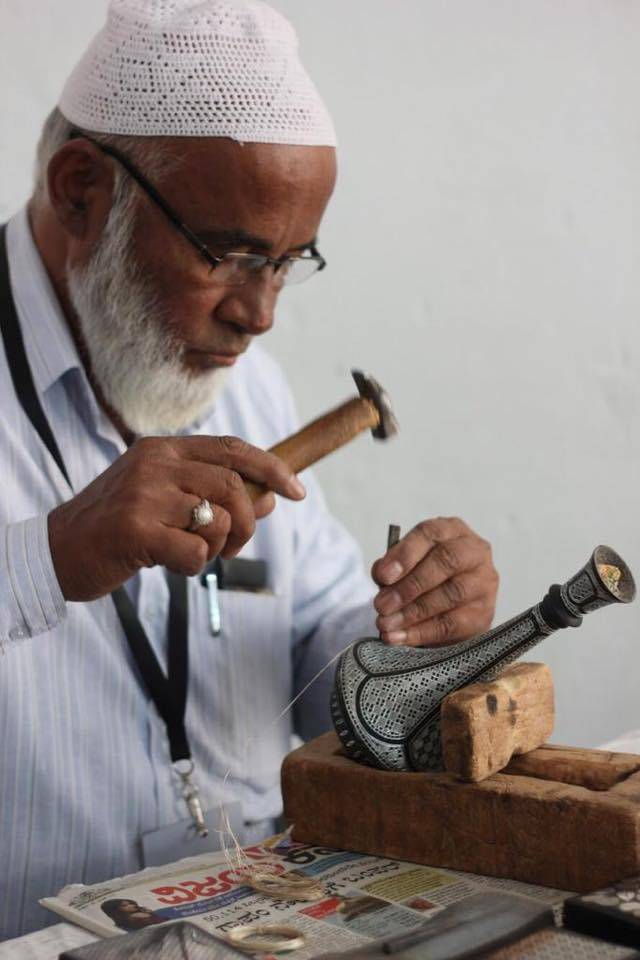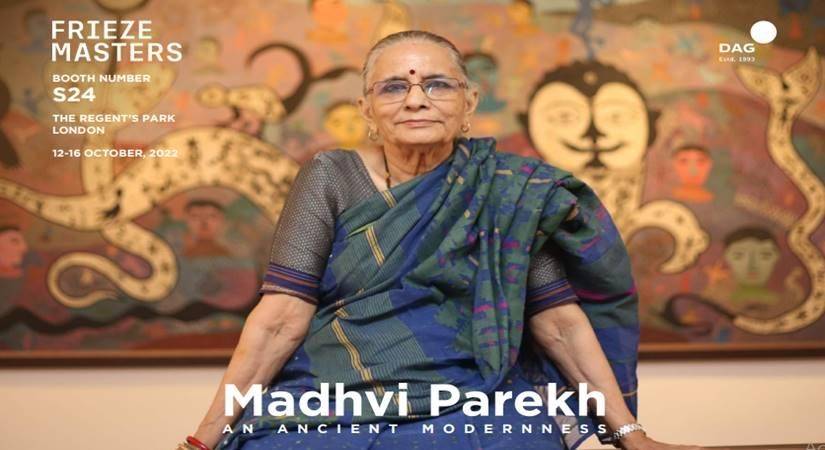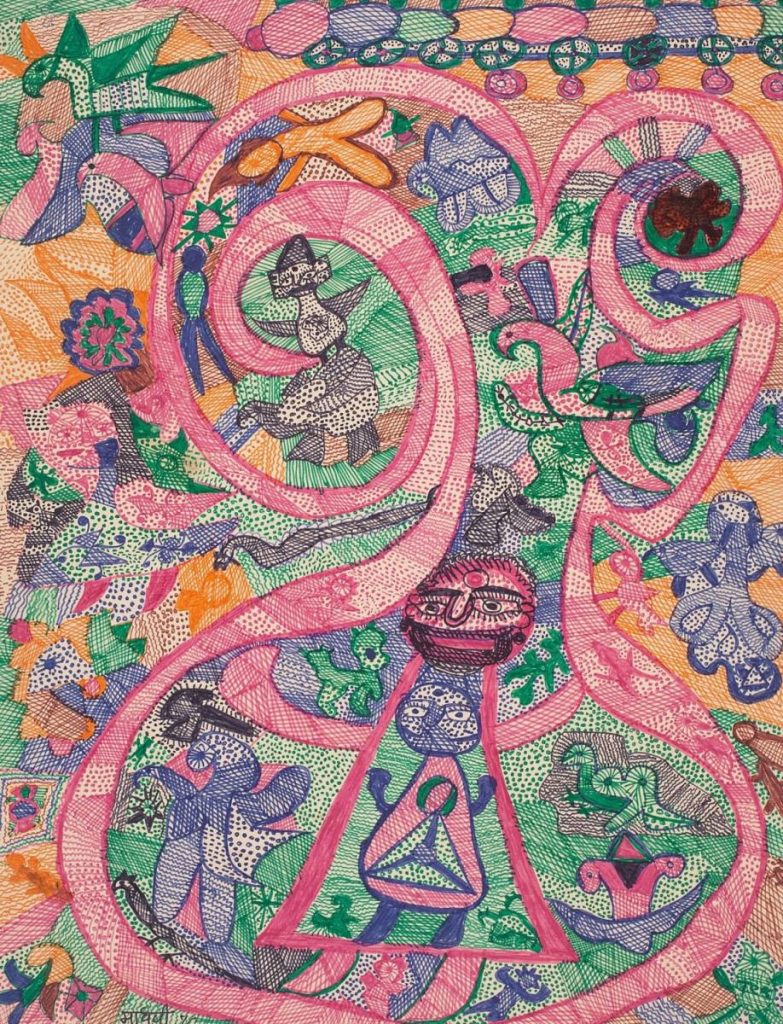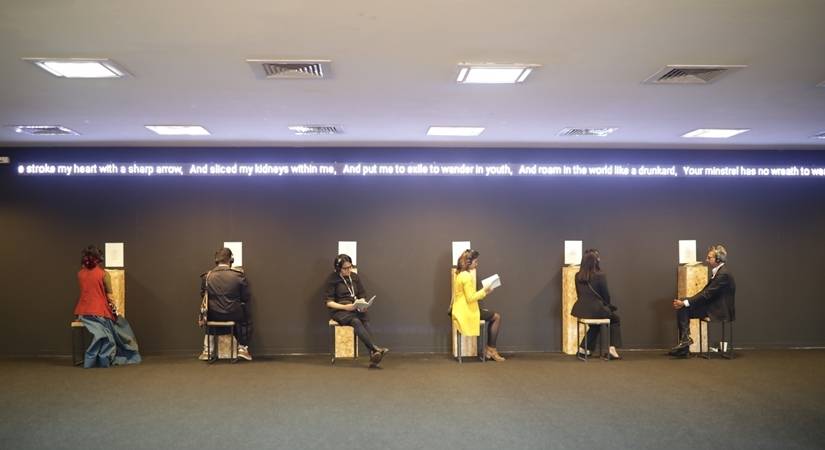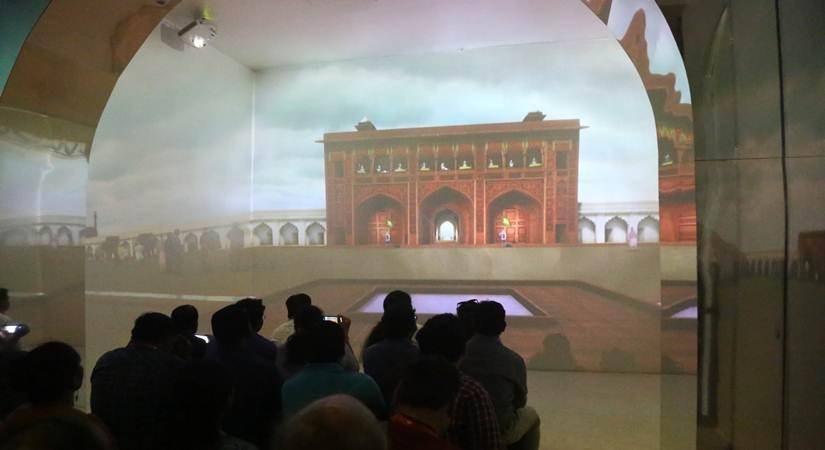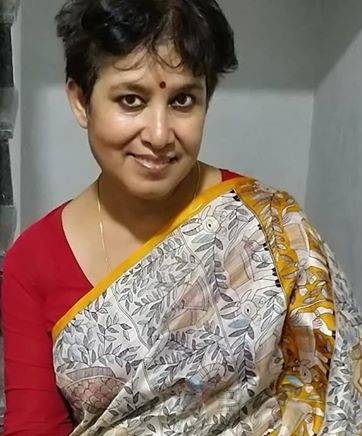The work is made from hand spinning ‘Kala cotton’ — a cotton crop indigenous to India on a portable booklet spinning wheel (charkha) and hand knitting it into textures and structures that mimic the skin on our bodies…writes N. Lotungbeni Humtsoe
Questions without answers. Space without constraints. Love without limitations. Lovebirds, Communion presents Brooklyn based textile artist and knitwear designer Shradha Kochhars works titled “Closer, not far”, in an attempt to ground emerging and experimental work that would otherwise be dislocated in an increasingly digital world.
The work comprises sculptural and flat knitted objects in a soft ecru and brown. The objects include family portraits, alternate tools and future heirlooms illustrated as heavyweight dense abstract forms replicating the human body and its parts intertwined in a loosely coiled spiral as well as delicate translucent two-dimensional knitted drawings suspended midair.
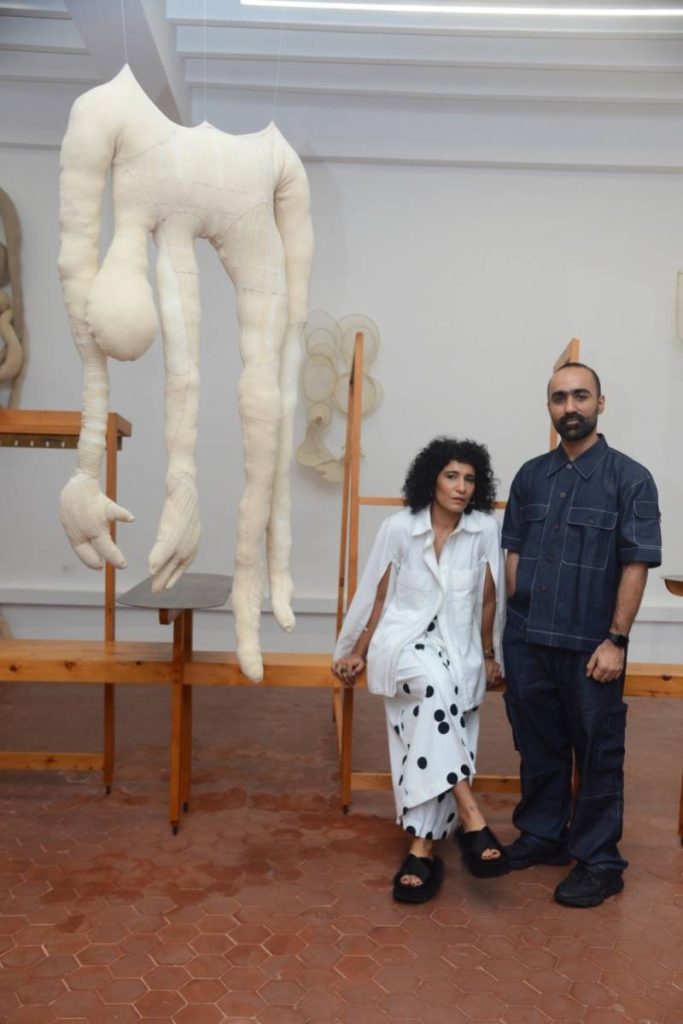
The work is made from hand spinning ‘Kala cotton’ — a cotton crop indigenous to India on a portable booklet spinning wheel (charkha) and hand knitting it into textures and structures that mimic the skin on our bodies.
“Focusing and investigating resources lost and born out of colonization in India such as ‘Khadi’ — a self-reliant and equitable practice of textile making and ‘Kala Cotton’, a miracle cotton crop that sustains completely on seasonal rainfall as solutions to climate change, water shortage, soil degradation and social inequity. Built from an ongoing library of seed banks that documents indigenous cotton strains found across the world, unraveling the intersection of words — ‘cotton’, ‘cloth’, ‘colonization’ and ‘community’. My mission is to understand the potential in soil and to establish an alternate system of textile farming and making, that discourages modern technology that feasts on the felling of forests and extraction of resources.” says knitwear designer Shradha Kochhar.

When: September 8-24
When: 11 a.m. to 8 p.m.
Where: Communion, Lovebirds Studio, Wesley Church, 62, BEST Marg, opposite Electric House, Scindia Society, Police Colony, Apollo Bandar, Colaba, Mumbai, Maharashtra 400005
ALSO READ-Solihull Sarbojonin Celebrates Durgotsav


